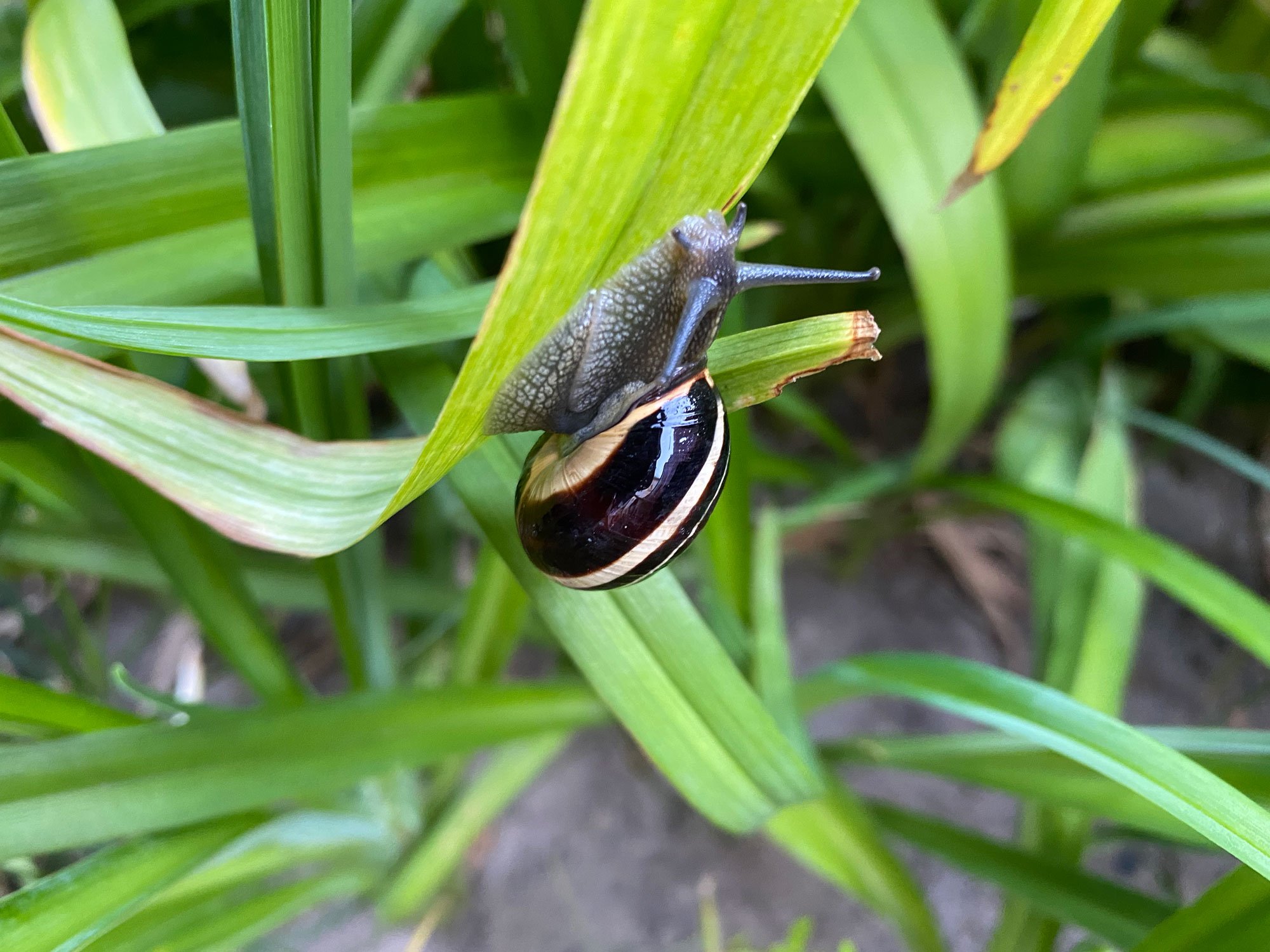A New Perspective in Poland
My cold summer adventures took a brief (and warmer) detour when I was invited to join a trip to Poland. After arriving in Gdańsk, we drove first through wide, flat plains of farmland which eventually morphed into gently rolling hills with dense forests on either side. In many ways, it reminded me a lot of the countryside of Pennsylvania. The trees were tall and slender, creating what felt like a cozy dark tunnel over the road.
It took us a couple of hours to drive to our friend's house, but as we curved around into a village dotted with traditional countryside cottages, I noticed something unusual perched on top of the telephone poles – storks! There were several large nests atop the poles throughout the village, with enormous white and black storks hunched over their twig-entwined beds. I have never seen a stork in the wild before, and certainly no avian as large nesting this low to the houses. Apparently, the storks migrate here from Africa during the summer for mating season.
When we arrived, we were greeted with a roaring bonfire in the backyard and homemade elder flower liquor. Our hosts welcomed us to huddle around the inviting glow of the fire and watch a full moon rise over the hilltops.
When I woke up the following morning, the sun shone brilliantly across the rolling green hills. While most of the group headed out for a morning run, I prepared some tea and puttered out onto the back porch to soak in the early sun rays and watch the world wake up. I passed a fragrant dill garden that welcomed me into a savory embrace, then settled down on the wooden steps.
There was an empty void that waited patiently in the air until it rippled with the staccato calls of distant storks. The clouds drifted by in a slow, puffy procession. I felt a poignant stillness and peace in my heart. But stillness isn’t my forte, and my curiosity soon took hold. I set down my mug to walk over to the edge of the lawn where the vegetation was left to grow wild. Following the tiny paths of insects zipping about in the grass, I amused myself for a good hour flitting from flower to fern, bush to bramble, along the brick-laden path to the driveway, and all the way back to the wild fields again. There were many plants and flowers I recognized, and even more I did not. Vibrant bugs looked up at me from underneath the leaves, and swallows zipped around overhead gobbling up errant insects. Do you see the crab spider (Thomisus onustus) below?
I eventually left the familiar safety of the house grounds and ambled down the dirt road over the hillsides. The sun was gradually rising into the sky and warming my cheeks, which I happily indulged in to make up for the rain and gloom back home. Within a few minutes, I was enveloped in a cozy forest tunnel, followed by boundless fields of red clover and wildflowers, and the tastiest little forest strawberries I have ever eaten called poziomka. The petals from the wildflower fields danced gracefully with the busy worker bees, swaying from one partner to the next. The aroma lulled me into a soft and sweet daydream.
Later in the afternoon, we sadly had to say goodbye to our friends and headed to the city of Olsztyn for work. We stopped by a local lavender garden and wandered among the purple rows for a little while before dropping by the garden's artisan shop to pick up some homemade wildflower syrups. It was nice, but a bit crowded with everyone wanting to take photos. I just wanted to smell and examine all the plants.
Olsztyn was a beautiful town, but what captured my attention more was the natural spaces found throughout the city. Each day after work we headed over to the huge forest, lakes, and walking trails located on the north and west side of the city. We passed by the old buildings and cobblestone streets, around the castle with its large iron gate. I never really imagined Poland having such dense and deep forests. I suppose I assumed it would be more industrial, but was glad to be proven wrong. We traversed along large ravines, wound through gently sloping forests, and crossed the slow, wide river. The forests were taller, thinner, but somehow more dense than in Norway. Perhaps it was due to the lack of undergrowth or the species of trees. In any case, it was a refreshing new perspective of the world.






























